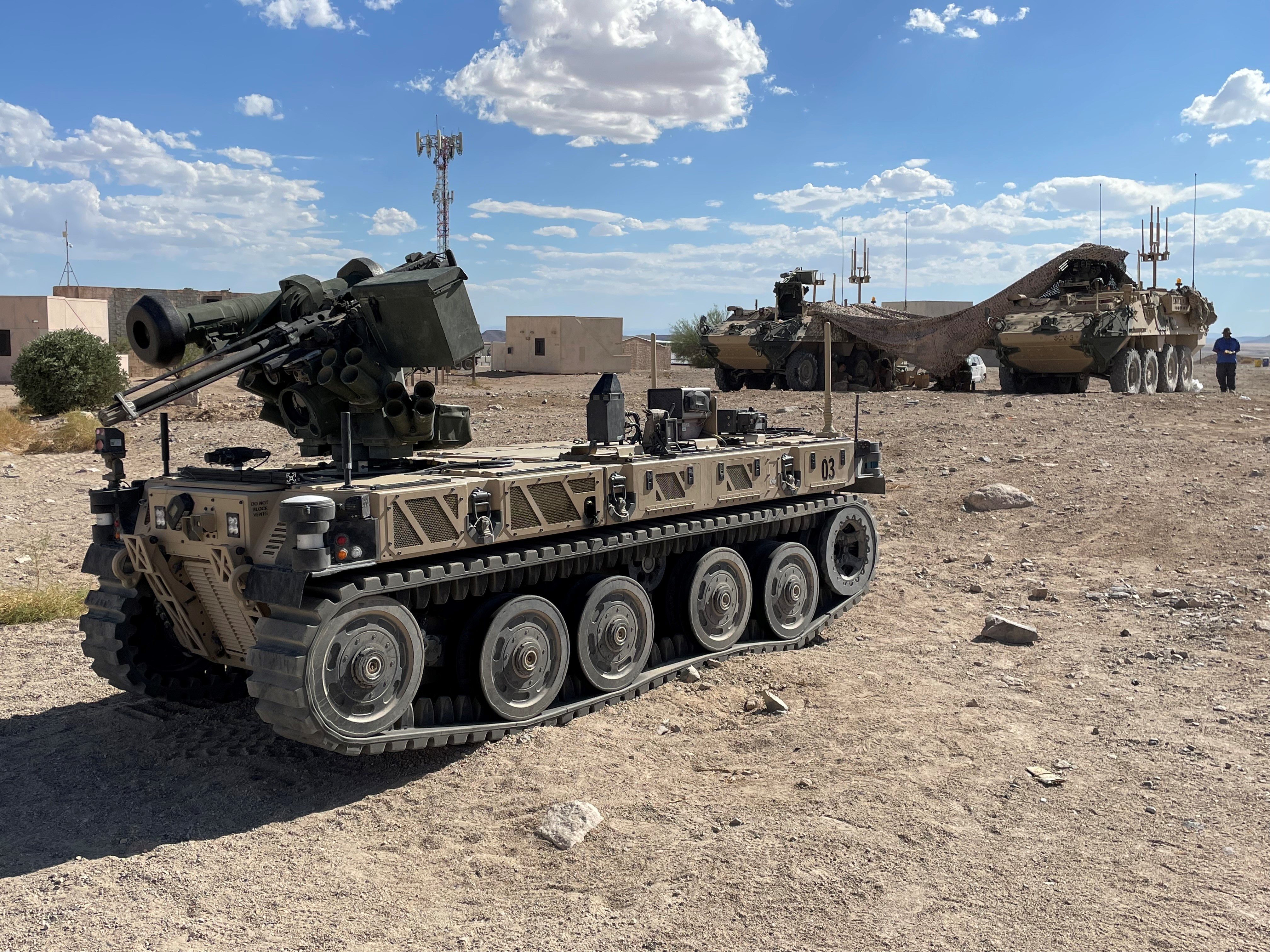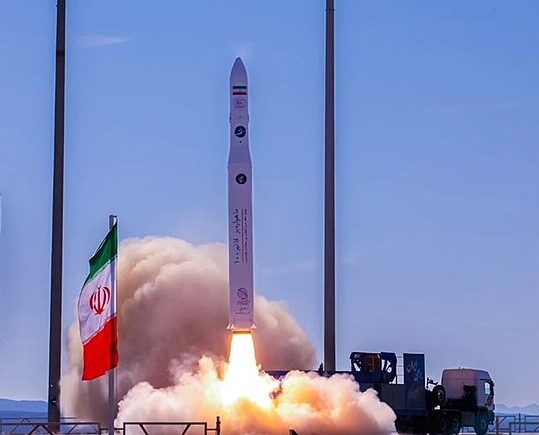The head of the House Intelligence Committee claimed in the middle of February that Russia was attempting to place a nuclear anti-satellite weapon in orbit, posing a “serious national security threat.” The episode brought attention to space, a vital but frequently disregarded area of US national security.
“Our competitors know… how much the American way of life and the American ways of war depend on space power,” a top Pentagon official recently stated. Furthermore, Iran is also enhancing its space-based capabilities to pose a threat to the United States, not simply Russia.
:quality(70)/cloudfront-us-east-1.images.arcpublishing.com/archetype/OWTO5DRWTRCOFIGQXRUET2DJOY.jpg)
In recent months, Iran has declared a number of space accomplishments. According to reports, Russia helped Iran launch a satellite into space from a Russian location in February. Iran asserted in September that it had successfully launched a military satellite into orbit using a space launch vehicle, or SLV. Then, in January, Iranian officials claimed to have launched multiple satellites into orbit simultaneously for the first time.
There are four key reasons to be concerned about Iran’s latest SLV launches and its alleged capacity to launch several satellites into orbit.
First of all, Iran might have quick access to an intercontinental ballistic missile with SLVs. An unclassified U.S. intelligence assessment claims that Iran’s progress in SLV technology “shortens the timeline to an ICBM if [Iran] decided to develop one because SLVs and ICBMs use similar technologies.” “The minute we built the first satellite launcher, we obtained the capability to build an intercontinental [missile],” stated the editor of Iran’s state-run news agency in 2022. However, in order to facilitate atmospheric reentry, Iran would have to perfect the intermediate step of mounting a heatshield onto a missile warhead.

Iran might receive the know-how to implement this technology from Russia, which has a sizable ICBM arsenal, possibly in exchange for Tehran giving Moscow the drones and missiles it needs for its conflict in Ukraine.
Second, it is alarming that Iran is reportedly using solid fuel to launch its SLVs, as this would complicate the monitoring of impending missile launches. Projectiles on a mobile launcher using solid-fuel propellants are easier to prepare and considerably more difficult to detect before launch than liquid-fuel projectile launches, which need noticeable pre-launch activities and take hours to prepare.
Third, Iran may be better equipped to launch proxy wars against the interests and friends of the United States as a result of its satellite program. them has been reported that Iran now has a more sophisticated satellite system from Russia, which will let them collect more intelligence. The platform included a high-resolution camera that allowed it to observe sensitive targets such as U.S. troops stationed in the vicinity and Israeli military bases.
Lastly, Iran may try to interfere with American or allied military hardware by using its satellites. A communications satellite purportedly used for civilian reasons might even start downlink signal jamming of other assets, such as radars. Iran asserted in 2020 that it had carried out “space operations” drills that mimicked jamming radar and drones. Iran may be able to carry out simultaneous satellite launches and jam signals over a larger surface area, putting American interests and those of its regional allies at risk. There are reports that the Middle East’s civilian aviation traffic is already being affected by GPS spoofing and jamming, which appears to have started with Iran. Iran’s development of counterspace programs analogous to those of China and Russia could pose a further threat to space stability.

Iran needs to be warned by the US about its dangerous space operations. The United States recently imposed sanctions against the Ministry of Defence, the Armed Forces Logistics agency, which is in charge of its space activity, and other parties that assist the regime in evading sanctions. These measures are a good place to start. The US government should push its allies to impose sanctions on banks that assist Iran in avoiding penalties.
By enforcing the snapback of sanctions at the UN Security Council, which would reinstate the limits on Iran’s SLV program that were previously weakened in Resolution 2231, the United States should mobilize the international community to confront this menace. This would bring back the whole U.N. embargo on Iran’s SLV research and development, as well as prohibit the transfer of technologies to Iran that might improve its SLV program. The potential threat posed by Iran’s developing ability to launch missiles must be clearly understood by the free world.
The United States should collaborate closely with Middle Eastern space partners like Israel, Bahrain, and the United Arab Emirates, who have all signed the Artemis Accords, which bind countries to responsible space activity, in order to strengthen deterrence. As demonstrated during a bilateral drill between the United States and Israel in January 2023, the United States should further up its space-focused cooperation with these allies, including the employment of space assets in bilateral and multilateral exercises.
The US should “employ all elements of national power to deter and, if necessary, prevail over hostile activities in, from, and through space,” according to US national space policy. Iran has to hear loud and clear from the United States that its space activities are unacceptable and that there will be more repercussions if they continue.





